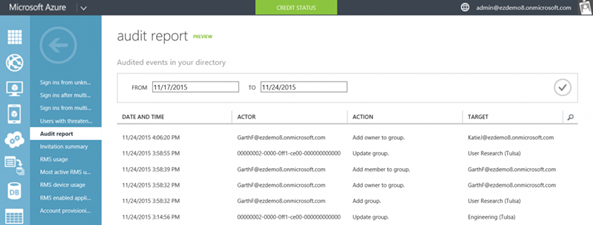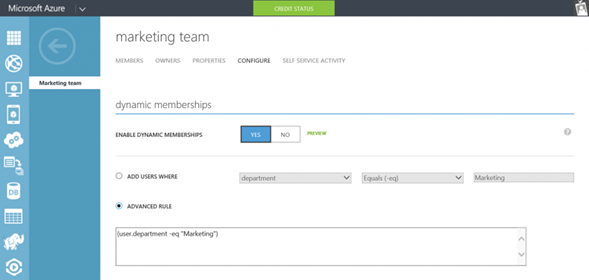(Cloud) Tip of the Day: Office 365 Group updates
Today’s Tip…
Some amazing stuff is coming to Office 365 groups. Check out the following official announcement here for more information…
Here is a brief list of what is available now…
- eDiscovery and litigation hold—You can now perform an eDiscovery and litigation hold on a group’s mailbox using Exchange Admin Center and on group files using the Office 365 Compliance Center. To get started, read Security and compliance for Exchange Online.
- Auditing—The Azure Management Portal now exposes group management events (creation, updates, membership changes, etc.) in the group audit report. Soon, these same events will appear in the Office 365 Compliance Center alongside other Office 365 events you’re used to tracking. This will give you a complete picture of the Groups changes in your tenant over time.
- Office 365 Groups API—Last month at Connect(), we announced general availability of the Microsoft Graph, which includes the Office 365 Groups API. Developers can now connect Office 365 Groups with line of business applications or to create industry-specific solutions. Get started here.
- Distribution list migration—We recently released sample code to demonstrate how email distribution groups can be converted to Office 365 Groups. Visit Hummingbird for more details and note this code is provided as-is.
- Naming policies for Office 365 Group names and aliases—Group naming policies allow users to self-organize, but enables control over the way that these groups appear in the corporate directory. Now a naming policy also applies to the email alias created for groups. For example, if a group naming policy would cause a group created with the name “(North America) Marketing,” the group’s email address would be “northamericamarketing@contoso.com.” This prevents groups from inadvertently taking valuable email addresses.
- Dynamic membership—Administrators can now create groups with rule-based memberships using the Azure Management Portal. Group membership is usually updated within minutes as users’ properties change. This allows easy management of larger groups or the creation of groups that always reflect the organization’s structure. Note, enabling dynamic membership for groups requires Azure AD Premium licenses.

